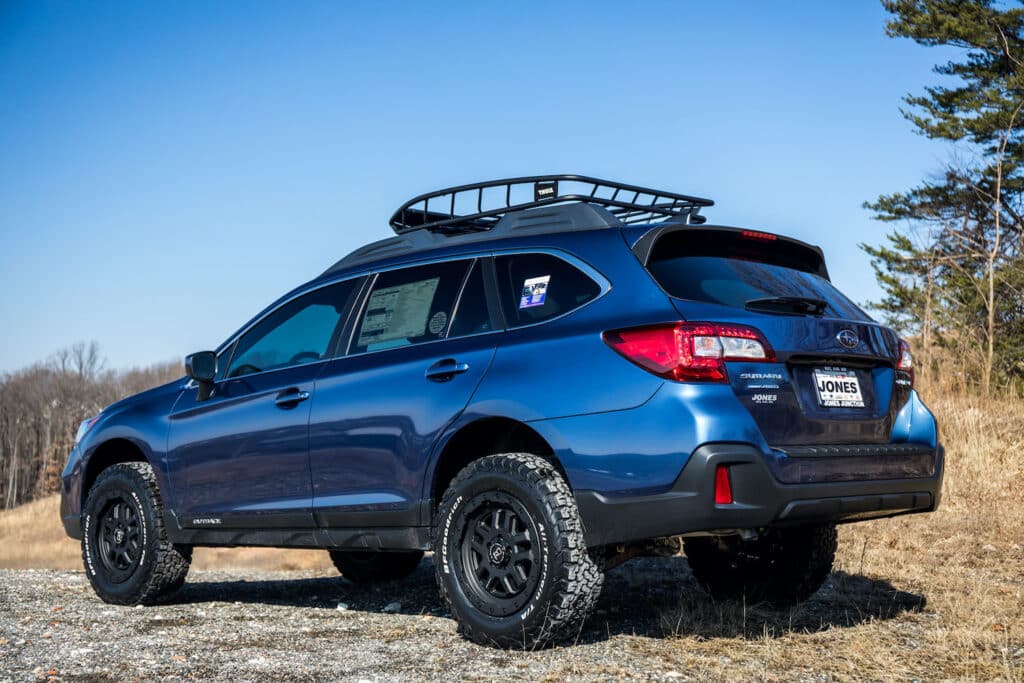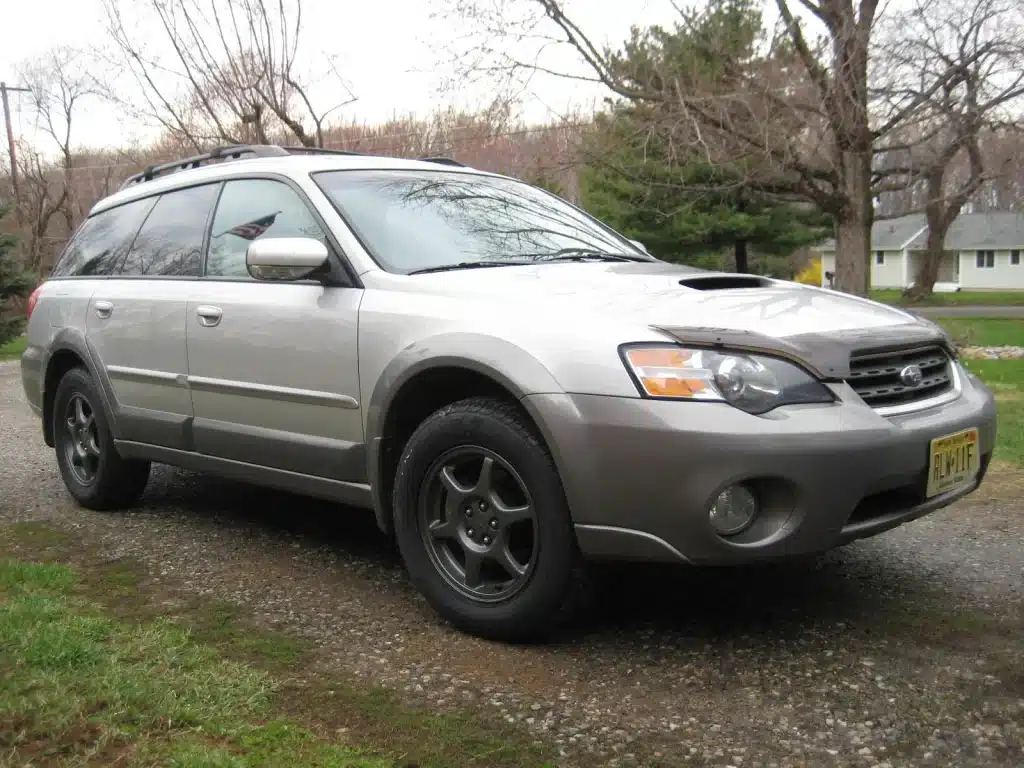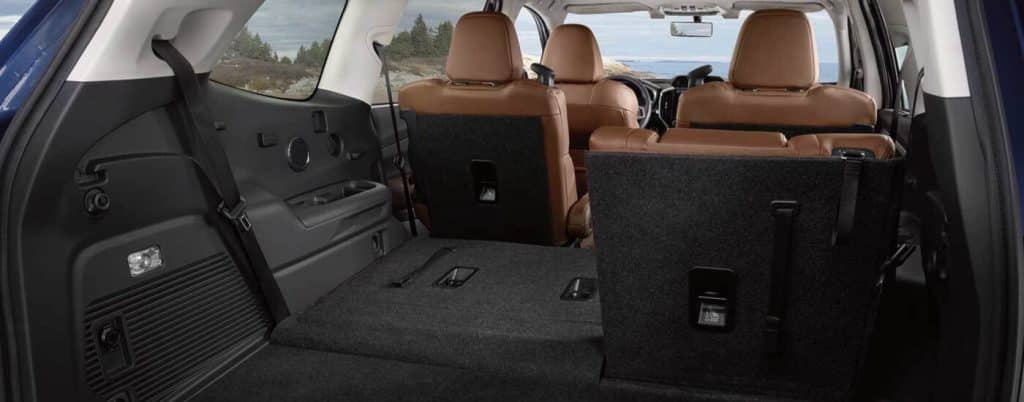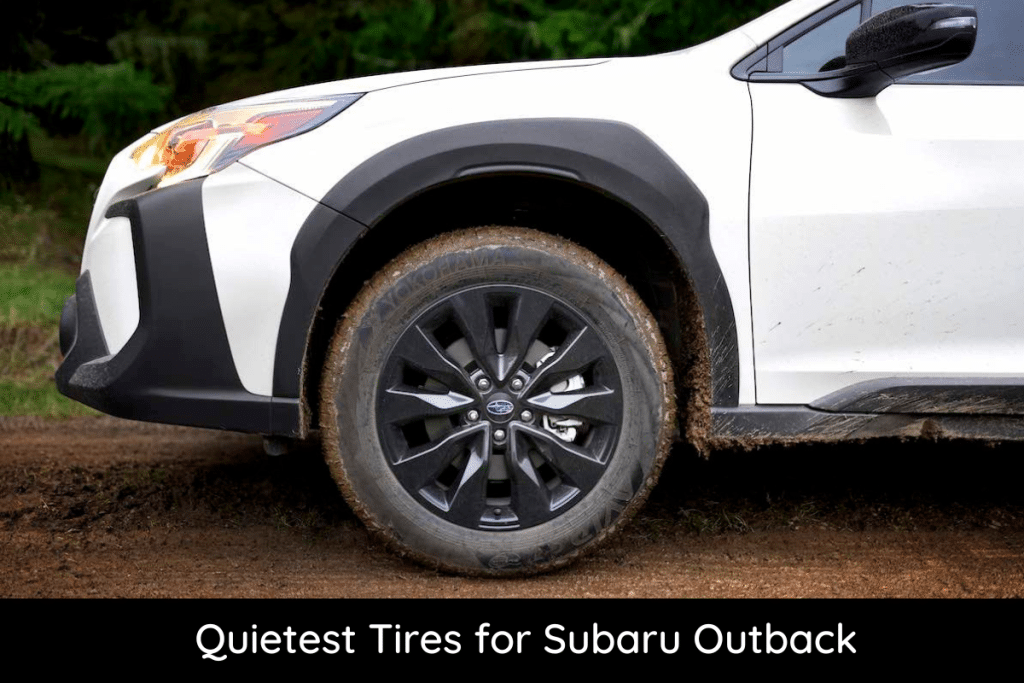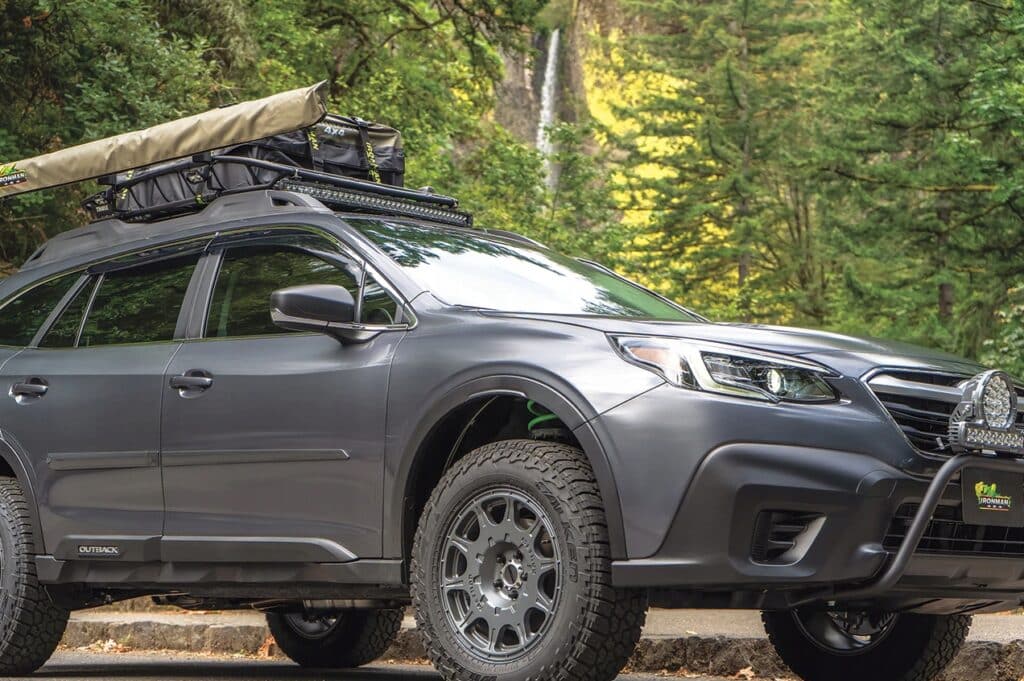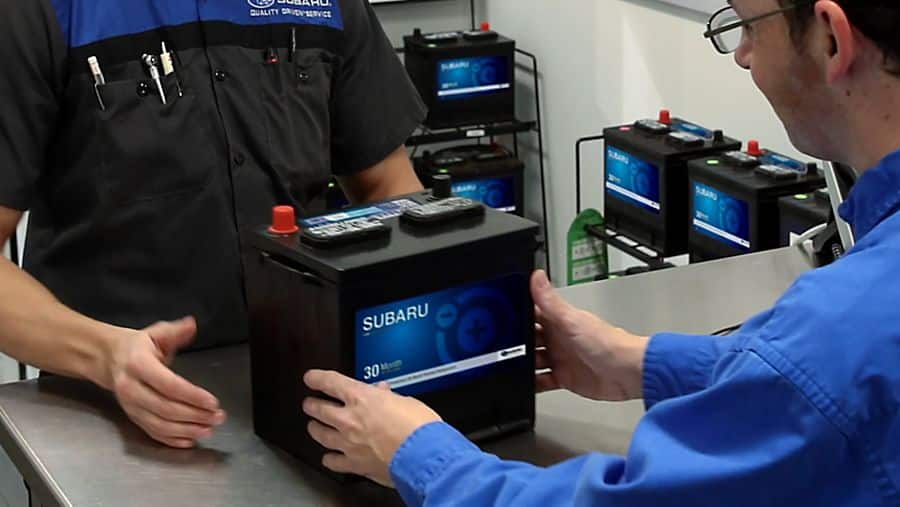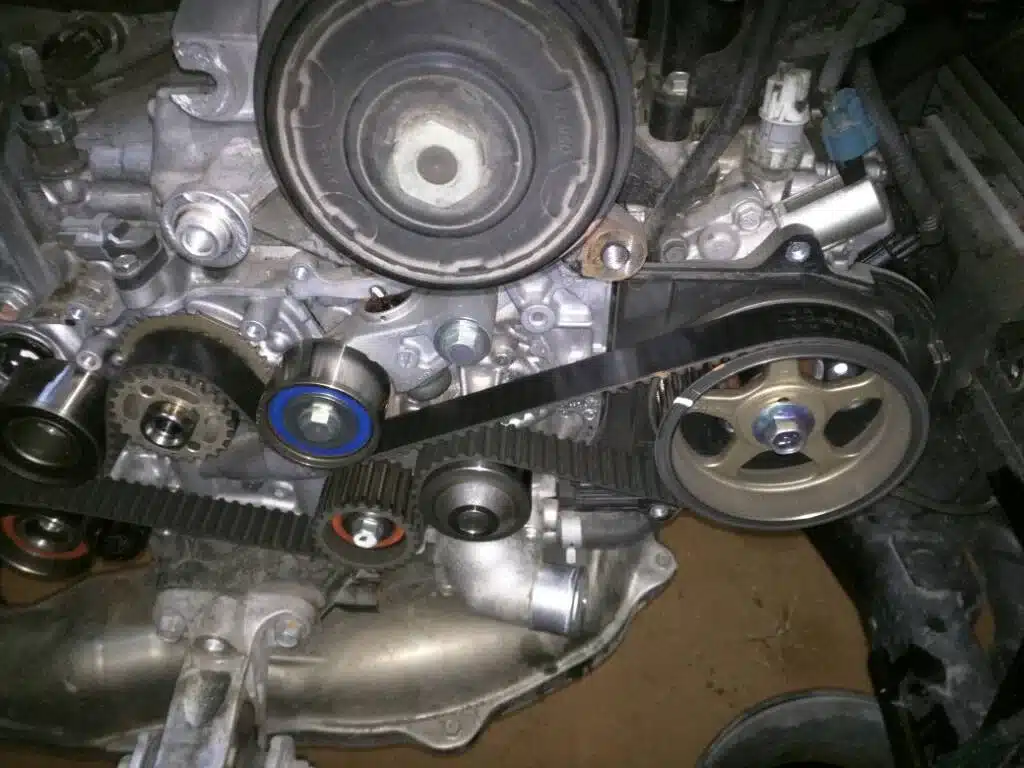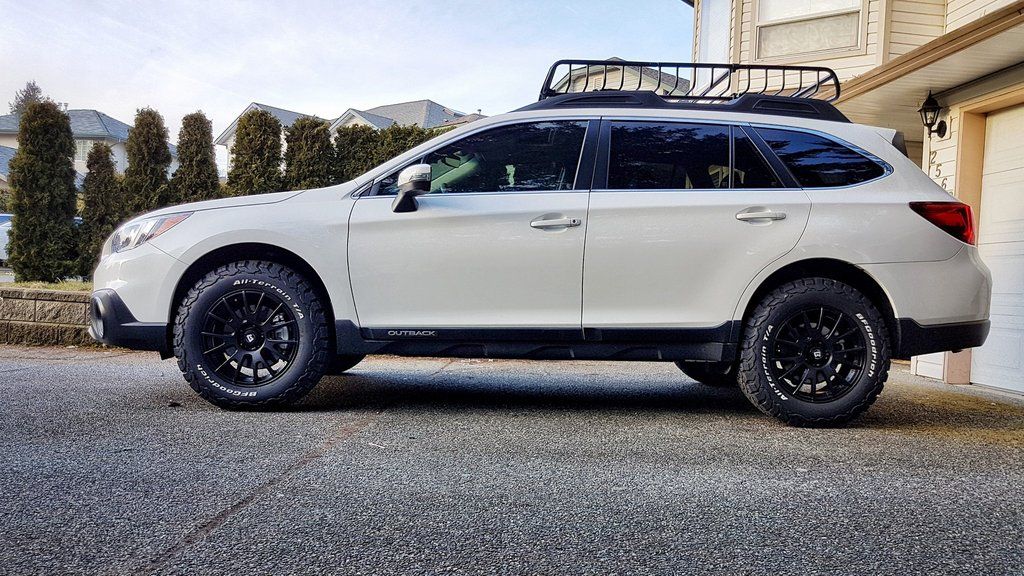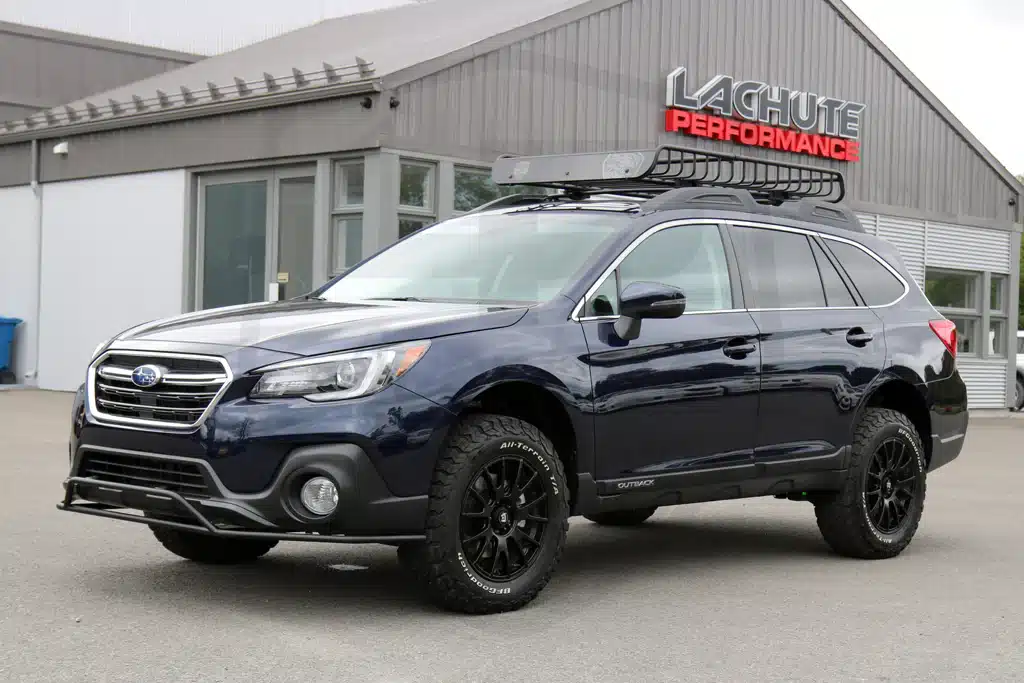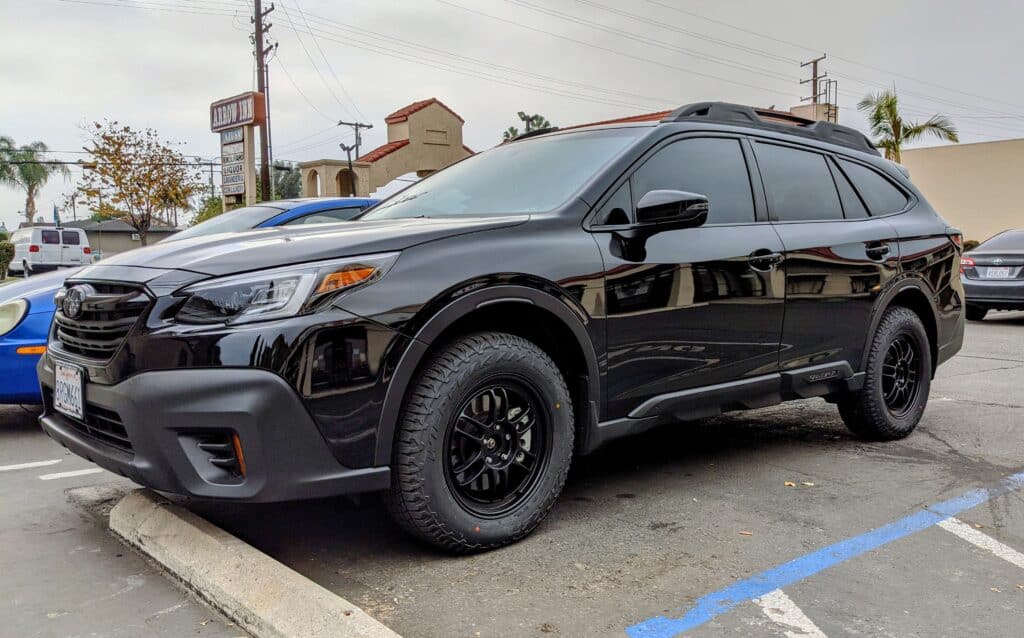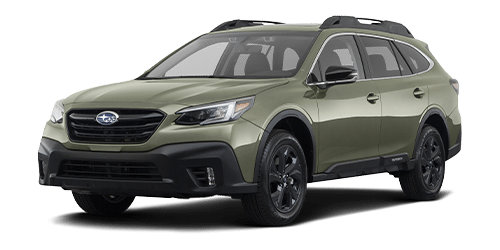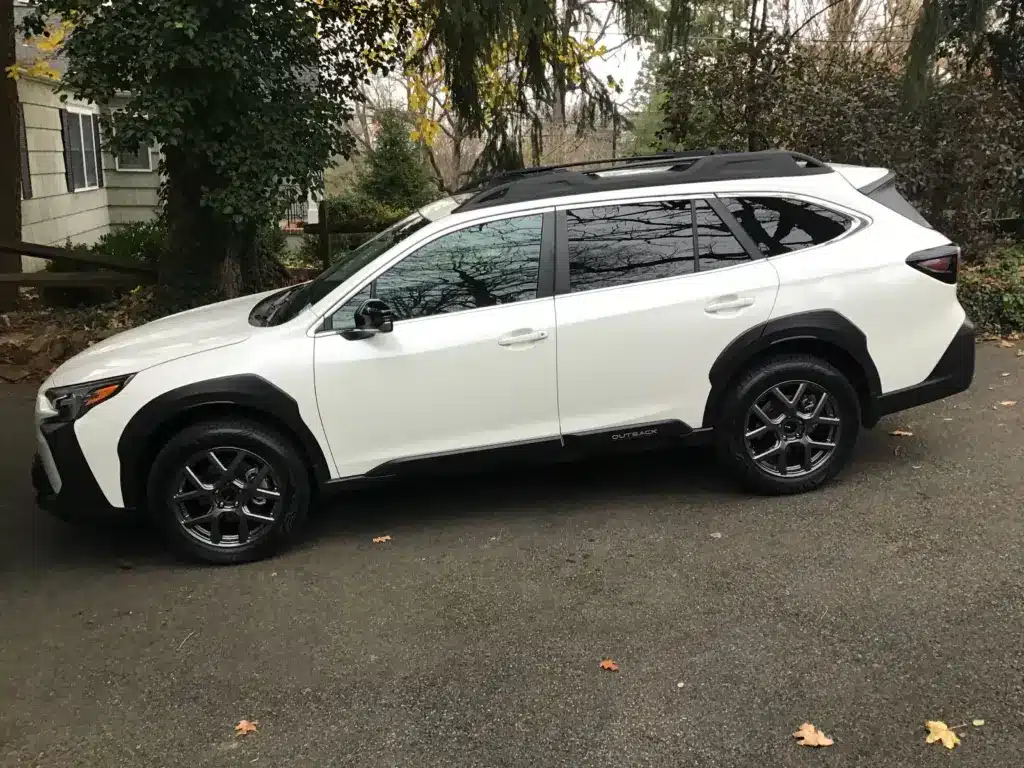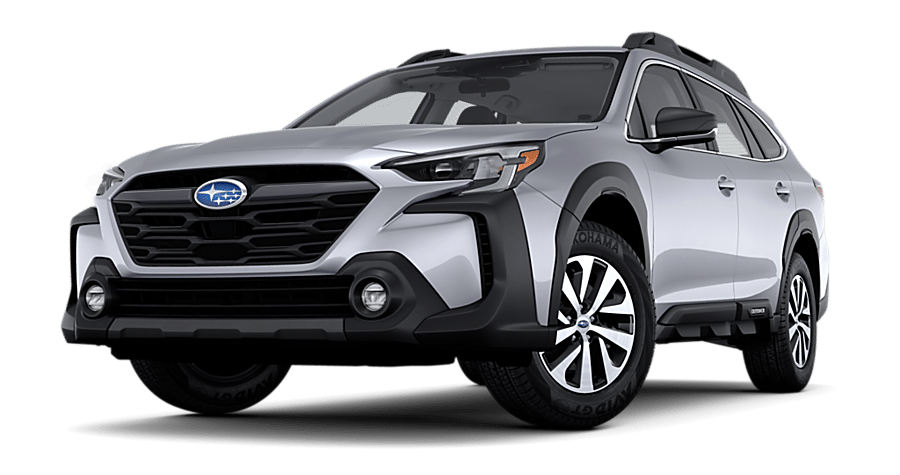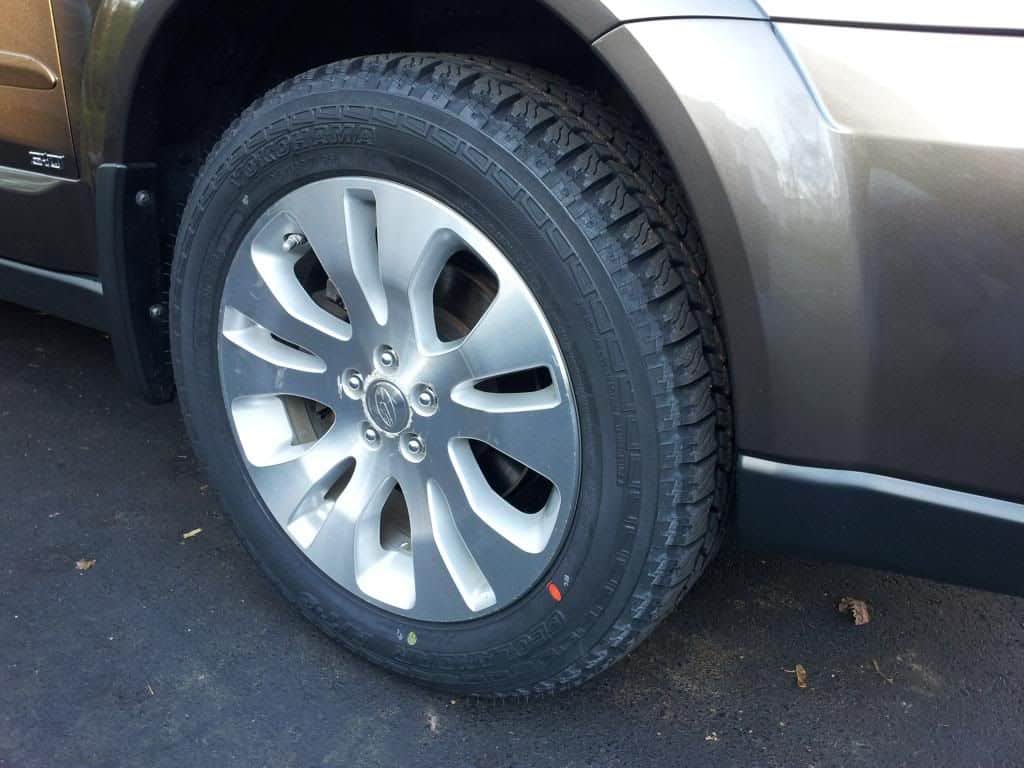
We often get asked what the recommended tire pressure is for various models of the Subaru Outback. As automotive experts and Outback enthusiasts, we want to provide a detailed resource to help Outback owners keep their tires inflated to the optimal levels.
Overview of Recommended Tire Pressures
Subaru Outback models from 2005 to 2023 have recommended tire pressures ranging from 30 psi to 35 psi based on the model year, trim package, and original equipment tire size. Generally, the front tires call for slightly higher pressures than the rear.
For example:
- 2022 Subaru Outback Limited: 35 psi (front) / 33 psi (rear)
- 2011 Subaru Outback Premium: 32 psi (front) / 31 psi (rear)
But to get the specifics for your particular Outback model and trim, please check the detailed listings in the sections below.
Subaru Outback Tire Pressure Chart
| Model Year | Front Tire Pressure (psi) | Front Tire Pressure (kPa) | Rear Tire Pressure (psi) | Rear Tire Pressure (kPa) |
|---|---|---|---|---|
| 2022 | 35 | 241 | 33 | 228 |
| 2022 | 35 | 241 | 33 | 228 |
| 2021 | 35 | 241 | 33 | 228 |
| 2020 | 35 | 241 | 33 | 228 |
| 2019 | 35 | 241 | 33 | 228 |
| 2018 | 35 | 241 | 33 | 228 |
| 2017 | 35 | 241 | 33 | 228 |
| 2016 | 35 | 241 | 33 | 228 |
| 2015 | 35 | 241 | 33 | 228 |
| 2014 | 32 | 221 | 31 | 214 |
| 2013 | 32 | 221 | 31 | 214 |
| 2012 | 32 | 221 | 31 | 214 |
| 2011 | 32 | 221 | 31 | 214 |
| 2010 | 32 | 221 | 31 | 214 |
| 2009 | 32 | 221 | 30 | 207 |
| 2008 | 32 | 221 | 30 | 207 |
| 2007 | 32 | 221 | 30 | 207 |
| 2006 | 32 | 221 | 30 | 207 |
| 2005 | 32 | 221 | 30 | 207 |
Tire Pressure By Tire Size
| Tire Size | Front Tire Pressure (psi) | Front Tire Pressure (kPa) | Rear Tire Pressure (psi) | Rear Tire Pressure (kPa) |
|---|---|---|---|---|
| 225/60R18 100H | 35 | 241 | 33 | 228 |
| 225/65R17 102H | 35 | 241 | 33 | 228 |
| P215/70R16 99S | 32 | 221 | 31 | 214 |
| P225/55R17 95V | 32 | 221 | 30 | 207 |
| P225/60R16 97H | 32 | 221 | 30 | 207 |
| P225/60R17 98T | 32 | 221 | 31 | 214 |
Read Also: Subaru Outback tire size
Checking Your Owner’s Manual
The most accurate tire pressures can always be found in your Outback’s owner’s manual, often listed on the tire placard located on the driver’s side door jamb. They may also be listed on the fuel filler door or trunk lid.
Tire pressures will be listed in psi (pounds per square inch), bar, or kPa (kilopascals). Make a note of both the front and rear pressures.
How to Check Your Subaru Outback Tire Pressure
Properly inflated tires are vital for safe driving. This short video demonstrates how to easily check tire pressure from your car’s dashboard – no need to get out and manually inspect each tire!
The tire pressure monitoring system displays individual PSI levels for each tire. To determine if inflation is adequate, compare these numbers against the recommended specifications listed on the sticker inside your driver’s side door frame.
If any tire pressure figures are below the recommendation, action is required:
- Locate the nearest gas station
- Use the air pump to inflate to the proper PSI
Proper inflation is crucial – low pressure can lead to blowouts, reduces fuel economy, and shortens tread life. For more car maintenance tips and tricks, be sure to subscribe to Kendall Subaru on YouTube. Their videos provide valuable insights for new vehicle owners.
So next time a tire pressure warning appears on your dashboard, don’t panic! Just follow the above steps, and you’ll be rolling safely soon.
Tire Pressure Monitoring System
If your Outback was built after 2007, it likely has a Tire Pressure Monitoring System (TPMS) to alert you if pressures drop significantly.
See your owner’s manual for details on the TPMS and instructions for resetting the system after checking and adjusting tire pressures.
Read Also: Basic car maintenance for beginners
Using a Tire Pressure Gauge
Remove the valve stem caps from each wheel to check your Outback’s tire pressure properly. Then, a high-quality tire pressure gauge is used to measure the inflation levels.
Compare the measured tire pressures to the recommended levels for the front and rear tires on your particular Outback model and production year.
If a tire is under-inflated, add air using a tire inflator until you reach the vehicle manufacturer’s recommended pressure. Always re-check the pressures with your gauge after inflating.
And remember – only check pressures when the tires are cold, meaning they haven’t been driven for at least 3 hours.
Maintaining Correct Pressure is a Critical
Properly inflated tires are critical for safe handling, optimum fuel economy, and maximum tire life. Under-inflated tires can lead to poor vehicle performance, reduced braking distances, uneven tire wear, and blowouts.
Additional Questions
Here we address some common questions about Subaru Outback tire pressures:
Where to Find Recommended Pressures?
Your owner’s manual is the best place to find the correct tire pressures. They may also be listed on the driver’s door jamb sticker, fuel filler door, or trunk lid.
What About Replacement Tires?
The inflation pressures will likely need adjustment if you switch to non-stock replacement tires with different sizes or load capacities. Use an online tire pressure calculator to determine the new recommended pressures.
Winter Driving Pressures?
In frigid winter temperatures, tire pressures can drop 1 psi for every 10 degrees Fahrenheit. To compensate, inflate your Outback’s tires 3 to 5 psi higher than normal when temperatures dip below 40°F.
Why is Tire Pressure Light On?
If the TPMS warning light comes on and stays on, at least one tire is significantly under-inflated. If the light flashes for 90 seconds and remains on, there is an issue with the TPMS system itself that needs servicing.
We hope this detailed overview helps Subaru Outback owners keep their tires properly inflated for maximum safety, performance, and longevity. Let us know if you have any other questions!


